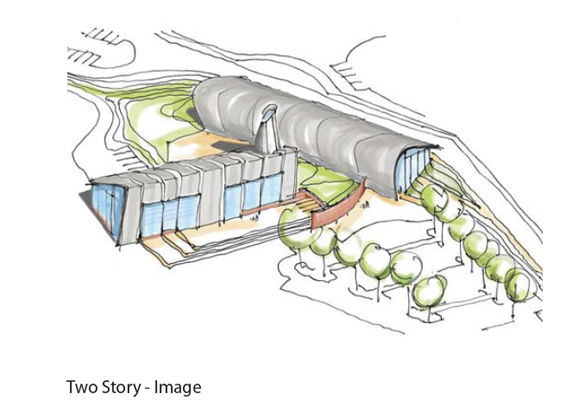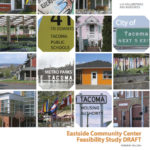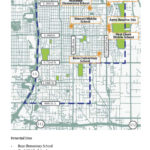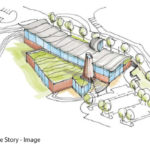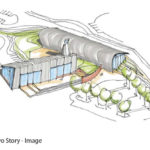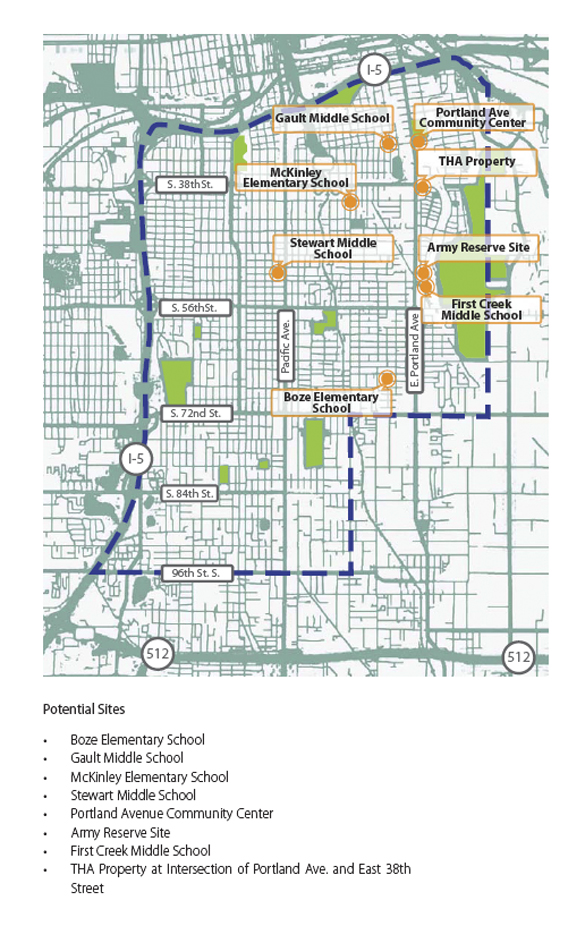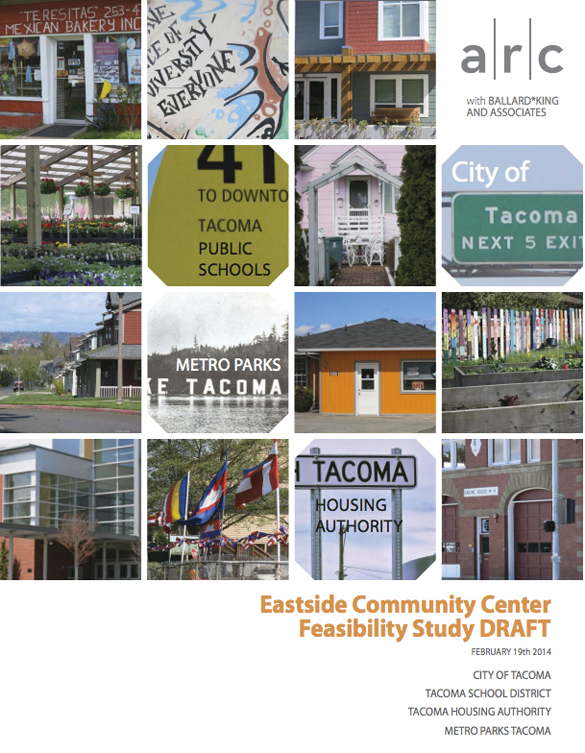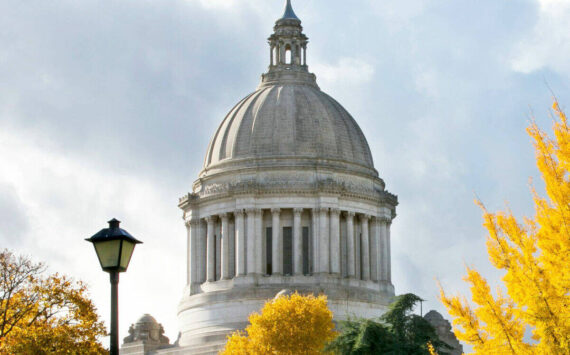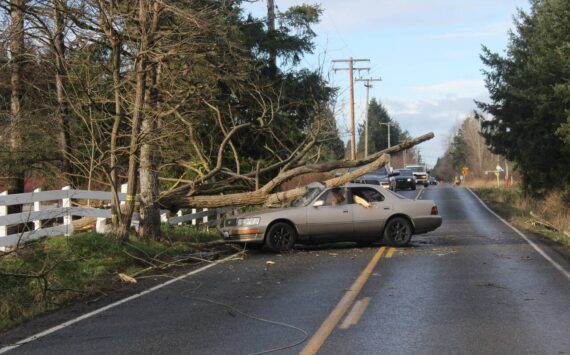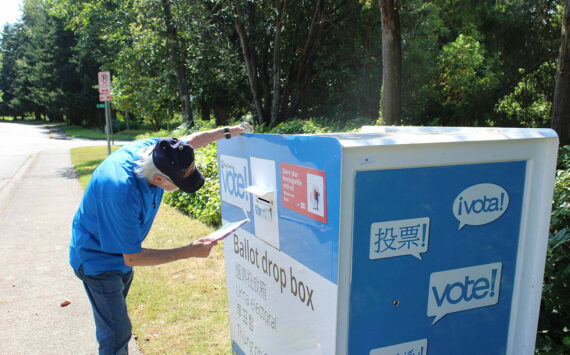A consulting team hired last year to conduct a feasibility study for a community center on Tacoma’s Eastside has issued its report and recommendations.
The project is a collaboration between the City of Tacoma, Metro Parks Tacoma, Tacoma Housing Authority, and Team Billy Ray that has been in the works for several years. In October 2012, Shalisa Hayes, founder of Team Billy Ray, told Tacoma City Council’s Public Safety, Human Services, and Eduction Committee a grassroots effort led by local youth was under way to garner support for the idea. Team Billy Ray was created in September 2011 after Hayes’ 17-year-old son, Billy Ray Shirley III, was murdered in Tacoma. Hayes told council committee members that two days after her son’s funeral, kids held a car wash to raise money for a community center.
Supporters have since pointed to a variety of reasons for building a community center: the closures of Gault Middle School and the Eastside Boys & Girls Club over the past several years; the Puyallup Tribe’s interest in converting Gault Middle School into a community center for both tribal members and the larger community; a gang assessment reported recently completed by the City of Tacoma that showed the Eastside is one neighborhood affected by gangs and could benefit from a community center to serve as an alternative to joining gangs; and Team Billy Ray’s efforts to raise awareness and funds.
Recently, the Washington State Legislature set aside $400,000 from the 2013-2015 State Capital Budget for the project.
Last year, the City of Tacoma issued a Request for Proposals from consultants interested in completing the feasibility study. A steering committee was created, two public open houses were held last fall, and more than 100 local youth participated in a design charrette. The study was completed on Feb. 19, 2014, by ARC Architects and Ballard*King, and highlights the following recommendations:
- A community center on Tacoma’s Eastside should consist of a 58,400-square-foot building that includes a 31,600-square-foot community center and a 26,800-square-foot aquatic center;
- The center should be located near First Creek Middle School because of quick connections to the school, its sports fields, and Swan Creek Park — thereby creating a nearly 32,000-square-foot “community campus.” The nearby Army Reserve Center is expected to be surplussed, and could become part of the community center campus;
- One design plan calls for a one-story “Urban Lodge” that reflects the architecture of the Pacific Northwest and the building traditions of Native American and Japanese architecture. The facility would include two entrances — one linking the center to the school, and another linking the center to the main parking lot — a grand entry court, a six-lane lap pool and a leisure pool, gym, cafe and lobby space for informal gatherings and groups, multi-purpose rooms for dance and fitness classes, social hall, kitchen, game room, arts and crafts room, childcare room, restrooms, administrative offices, and a garden roof;
- Another design plan calls for a two-story “City Icons” building that reflects three Tacoma cultural icons: Tacoma Art Museum, Museum of Glass, and LeMay — America’s Car Museum. The facility would also include a six-lane lap pool and a leisure pool, gym, cafe and lobby space for informal gatherings and groups, multi-purpose rooms for dance and fitness classes, social hall, kitchen, game room, arts and crafts room, childcare room, restrooms, and administrative offices. In addition, the facility would include outdoor terraces with views of nearby wetlands, as well as metal siding and roofing that reflect an aesthetic connection to the three museums;
- The center is expected to cost between $29.3 million and $30.8 million.
City of Tacoma staff have recommended negotiating an agreement between the City of Tacoma, Metro Parks Tacoma, Tacoma Public Schools, Tacoma Housing Authority, and Team Billy Ray that defines roles, responsibilities, and levels of participation for each group, as well as using the $400,000 set aside by the Legislature to move the project through schematic design.
Tacoma City Council’s Public Safety, Human Services, and Education Committee is scheduled to meet on Thurs., March 27, at 4:30 p.m. at the Tacoma Municipal Building, 747 Market St., Room 248, to discuss the findings of a feasibility study. A copy of the feasibility study is available online here.
To read the Tacoma Daily Index‘s complete and comprehensive coverage of the proposed Eastside Community Center, click on the following links:
- City Hall News: Tacoma’s Auto Row, cop cars for sale, and open space land donation (Tacoma Daily Index, March 21, 2014)
- Metro Parks Tacoma: Open house scheduled for proposed Eastside Community Center (Tacoma Daily Index, Dec. 9, 2013)
- Metro Parks Tacoma: Open house planned for Eastside Community Center (Tacoma Daily Index, Oct. 23, 2013)
- REQUEST FOR PROPOSAL In partnership with three other local public (Tacoma Daily Index, March 19, 2013)
- A community center for Tacoma’s eastside? (Tacoma Daily Index, Oct. 18, 2012)
Todd Matthews is editor of the Tacoma Daily Index and recipient of an award for Outstanding Achievement in Media from the Washington State Department of Archaeology and Historic Preservation for his work covering historic preservation in Tacoma and Pierce County. He has earned four awards from the Society of Professional Journalists, including first-place honors for his feature article about Seattle’s bike messengers; second-place honors for his feature article about whistle-blowers in Washington State; third-place honors for his feature article about the University of Washington’s Innocence Project; and third-place honors for his feature interview with Prison Legal News founder Paul Wright. His work has appeared in All About Jazz, City Arts Tacoma, Earshot Jazz, Homeland Security Today, Jazz Steps, Journal of the San Juans, Lynnwood-Mountlake Terrace Enterprise, Prison Legal News, Rain Taxi, Real Change, Seattle Business Monthly, Seattle magazine, Tablet, Washington CEO, Washington Law & Politics, and Washington Free Press. He is a graduate of the University of Washington and holds a bachelor’s degree in communications. His journalism is collected online at wahmee.com.
